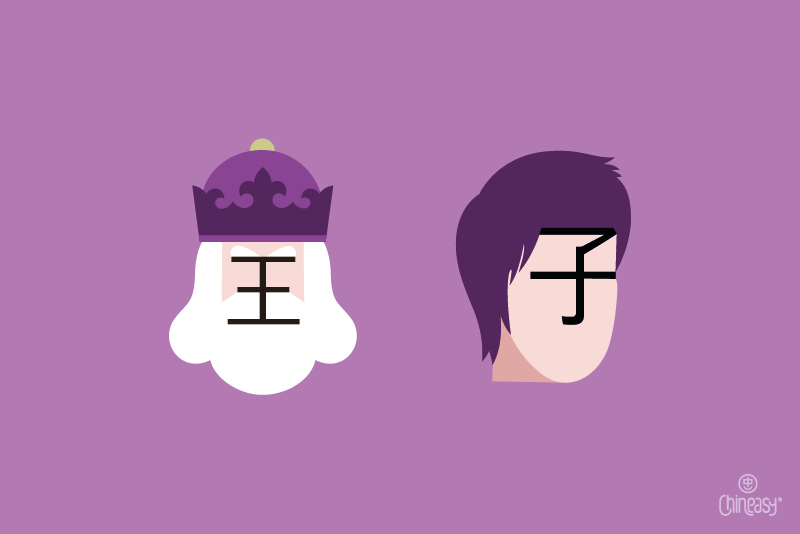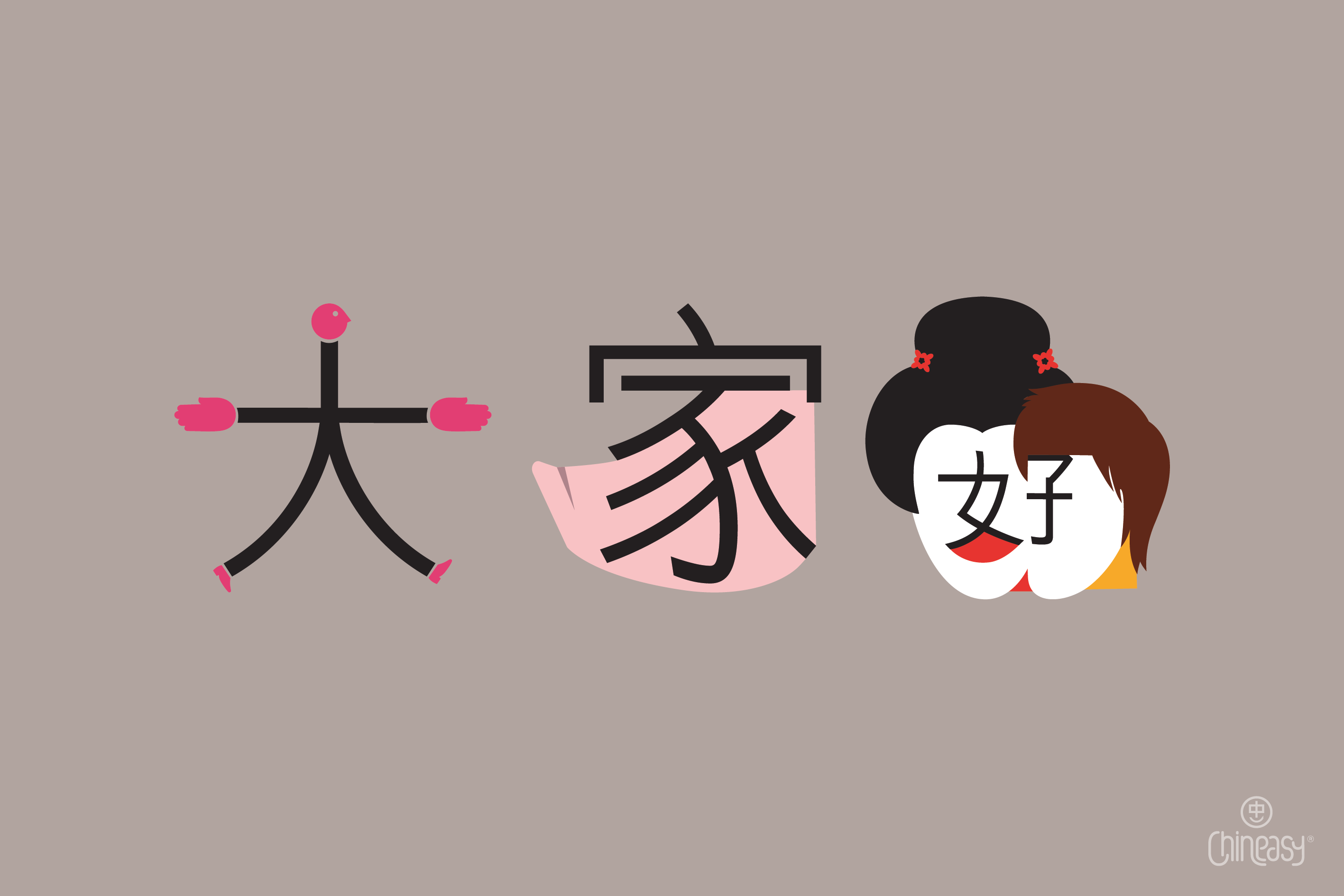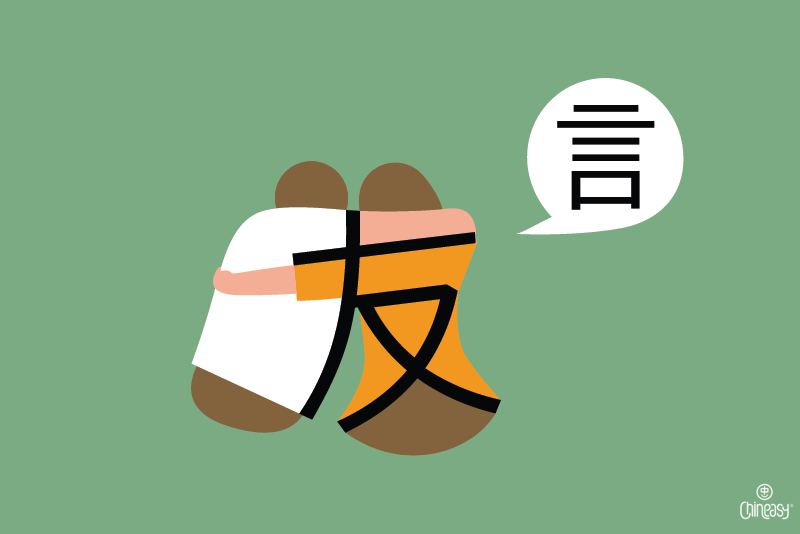Understanding the Chinese Language
The term “Chinese” encompasses a group of languages within the Sino-Tibetan family, which also includes Burmese, Tibetan, and various languages spoken in the Himalayas and Southeast Asia.
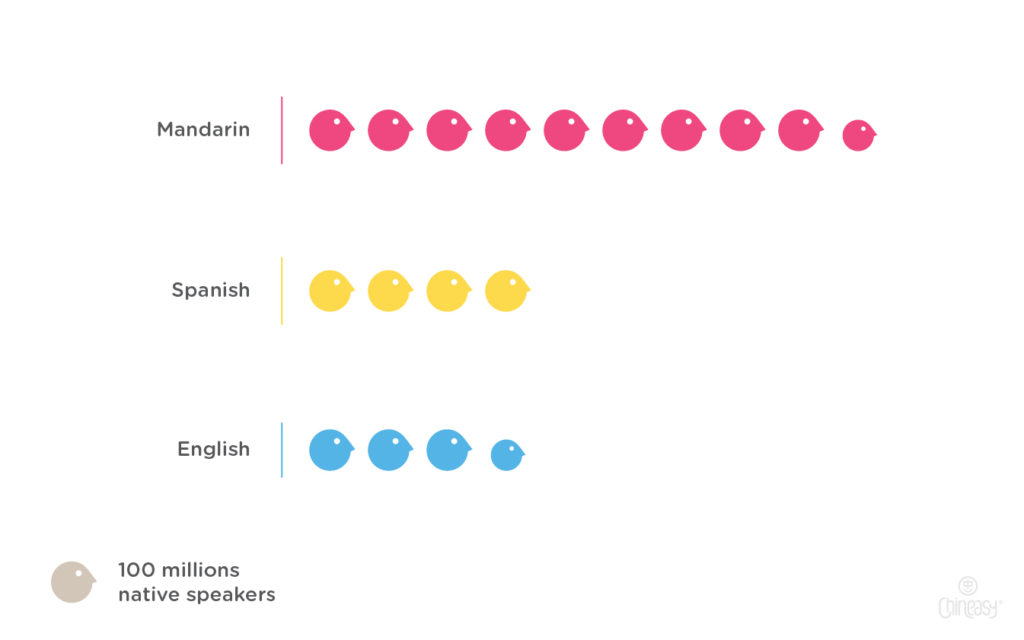
There are over 200 Chinese dialects, with Mandarin and Cantonese being the most widely spoken. Given China’s vast population, even less common dialects can have millions of speakers.
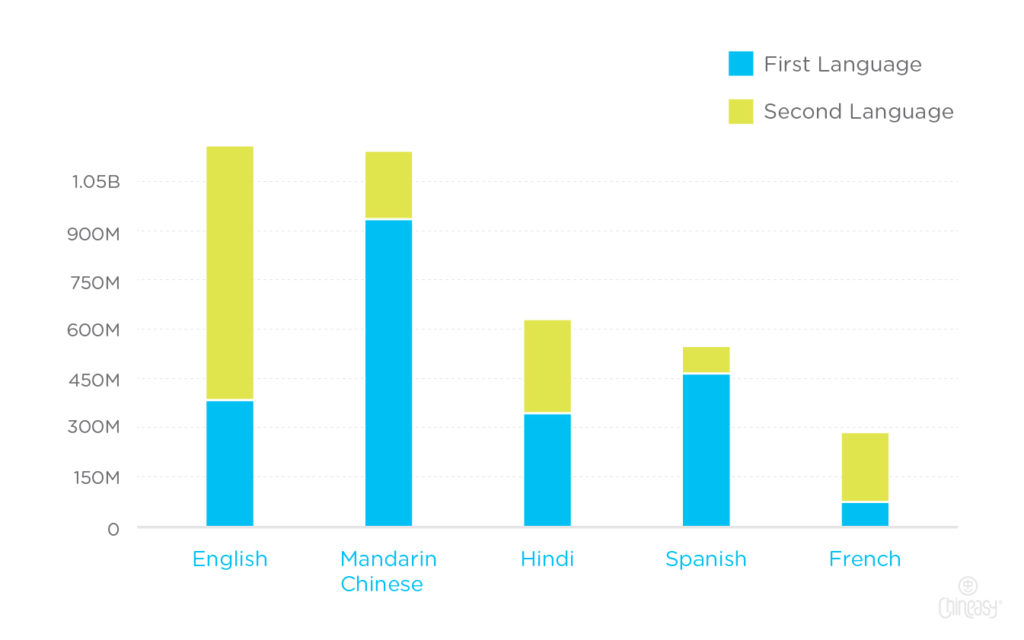
Differences Among Chinese Dialects
Chinese dialects can differ significantly and are often not mutually intelligible.
For instance, Mandarin boasts approximately 800 million speakers, while other dialects like Min, Wu (e.g., Shanghainese), and Yue (e.g., Cantonese) have substantial speaker bases as well.
A key distinction lies in tonal variations: Mandarin has four tones, Cantonese six, and Taiwanese seven. Additionally, each dialect sometimes possesses unique sentence structures.
Chineasy’s Focus: Teaching Mandarin
At Chineasy, our primary focus is teaching Mandarin Chinese, the most widely spoken and standard form of the language.
If you’re planning to take the HSK (Hanyu Shuiping Kaoshi), the standardized proficiency test for Mandarin, this is the version you’ll be learning and tested on.
One notable challenge in learning Chinese is mastering its characters, which exist in two forms: traditional and simplified. In the Chineasy app, we teach both to provide learners with flexibility and a comprehensive learning experience.
- Simplified Chinese is mainly used in mainland China and Singapore, and it features fewer strokes, making it quicker to write.
- Traditional Chinese is more prevalent in Taiwan, Hong Kong, and Macau. It retains the intricate details and original forms of the characters.
It’s worth noting that these two forms have a lot in common. For instance, the ten most frequently used Chinese characters are identical in both systems, so learning one set helps you recognize the other to a significant degree.
Another challenge for non-native speakers is mastering Mandarin tones. Mandarin has four tones, and each tone changes the meaning of a word entirely. For example, 媽/妈 (mā) means “mother,” while 馬/马 (mǎ) means “horse.”
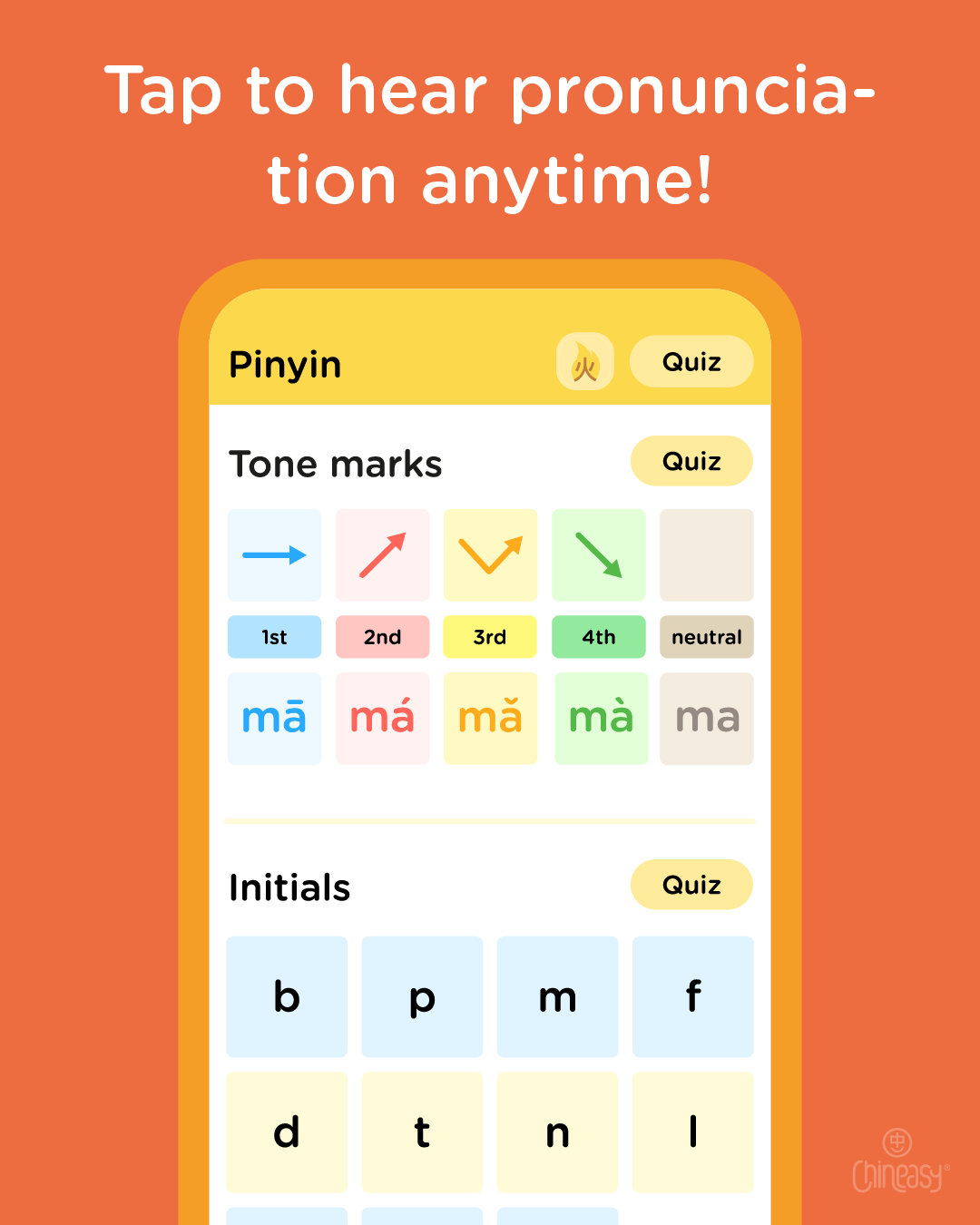
To tackle this challenge, our second app, Talk Chineasy, focuses on helping learners perfect tones and pronunciation through interactive features:
- Audio-based practice: Hear how native speakers pronounce words and mimic their tones.
- Pinyin and tones drills: Practice specific tones with instant feedback to build confidence.
- Fun, gamified learning: Engage with lessons that make tone mastery enjoyable.
By combining the Chineasy app for character recognition and the Talk Chineasy app for tones and pronunciation, we provide learners with a holistic approach to mastering Mandarin.
Whether you aim to pass the HSK or converse naturally with native speakers, our tools are designed to make the process fun, effective, and accessible.
Using Chineasy to Learn Cantonese
While our primary focus is Mandarin pronunciation, the characters we teach are used across various Chinese dialects, including Cantonese. Therefore, you can apply your knowledge of Chinese characters to Cantonese.
However, to achieve proficiency in Cantonese, you’ll need to learn additional characters unique to the dialect and familiarize yourself with its distinct pronunciation and tones.
Applying Chineasy to Japanese Learning
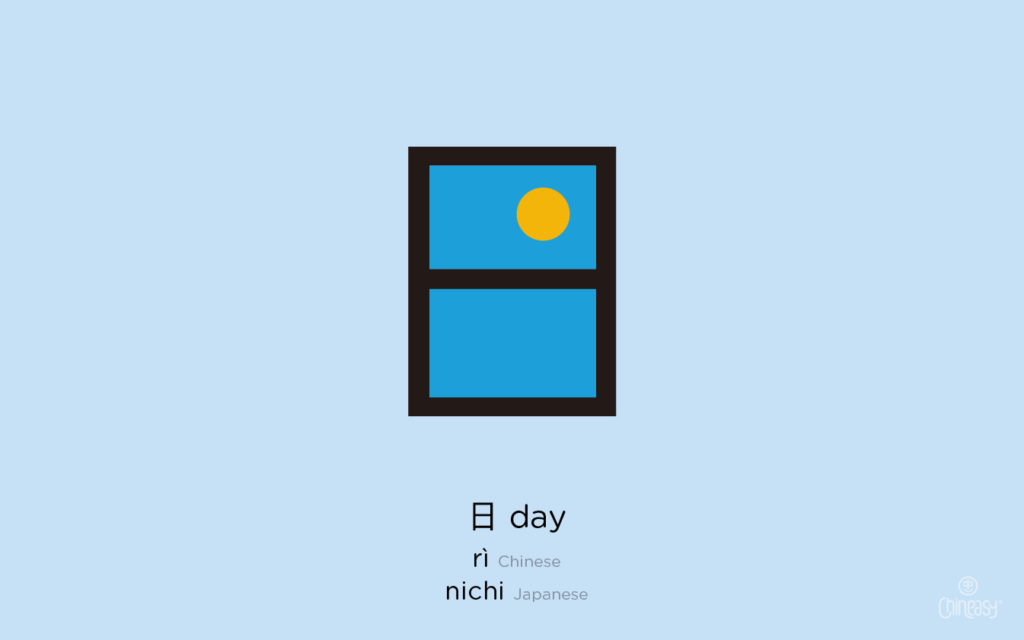
Chineasy can assist in learning Japanese Kanji, as many Kanji characters are similar to Chinese characters.
For example, 日 means “day” in both languages, though pronounced differently: “rì” in Chinese and “nichi” in Japanese.
However, meanings can diverge; for instance, 小人 means “child” in Japanese but “villain” in Chinese. Additionally, Chineasy doesn’t cover hiragana or katakana, the other components of the Japanese writing system.
The Value of Learning Multiple Languages
In our globalized world, acquiring additional languages enhances communication and career opportunities. Learning a new language not only provides enjoyment but also deepens cultural understanding.
At Chineasy, we’re here to support you on your journey to discover the rich world of Chinese culture.
As the ancient strategist Sun Tzu said, “Know your enemy and know yourself, in a hundred battles you will never be in peril.” In this context, “enemy” can refer to anyone you interact with—friends, business partners, competitors, or colleagues.
Proficiency in a second language, such as Chinese, equips you with a powerful tool for success in both work and life.
